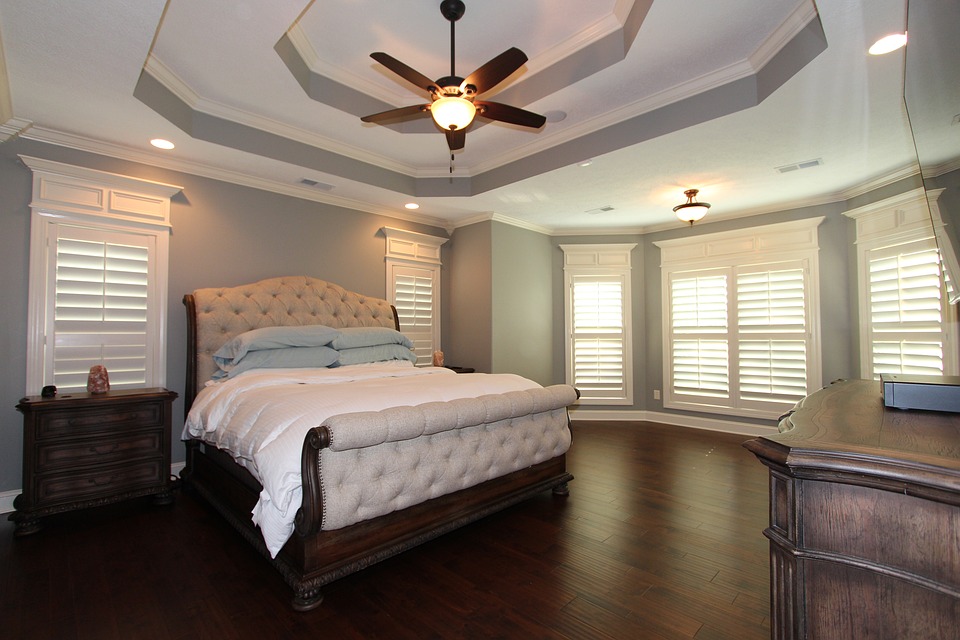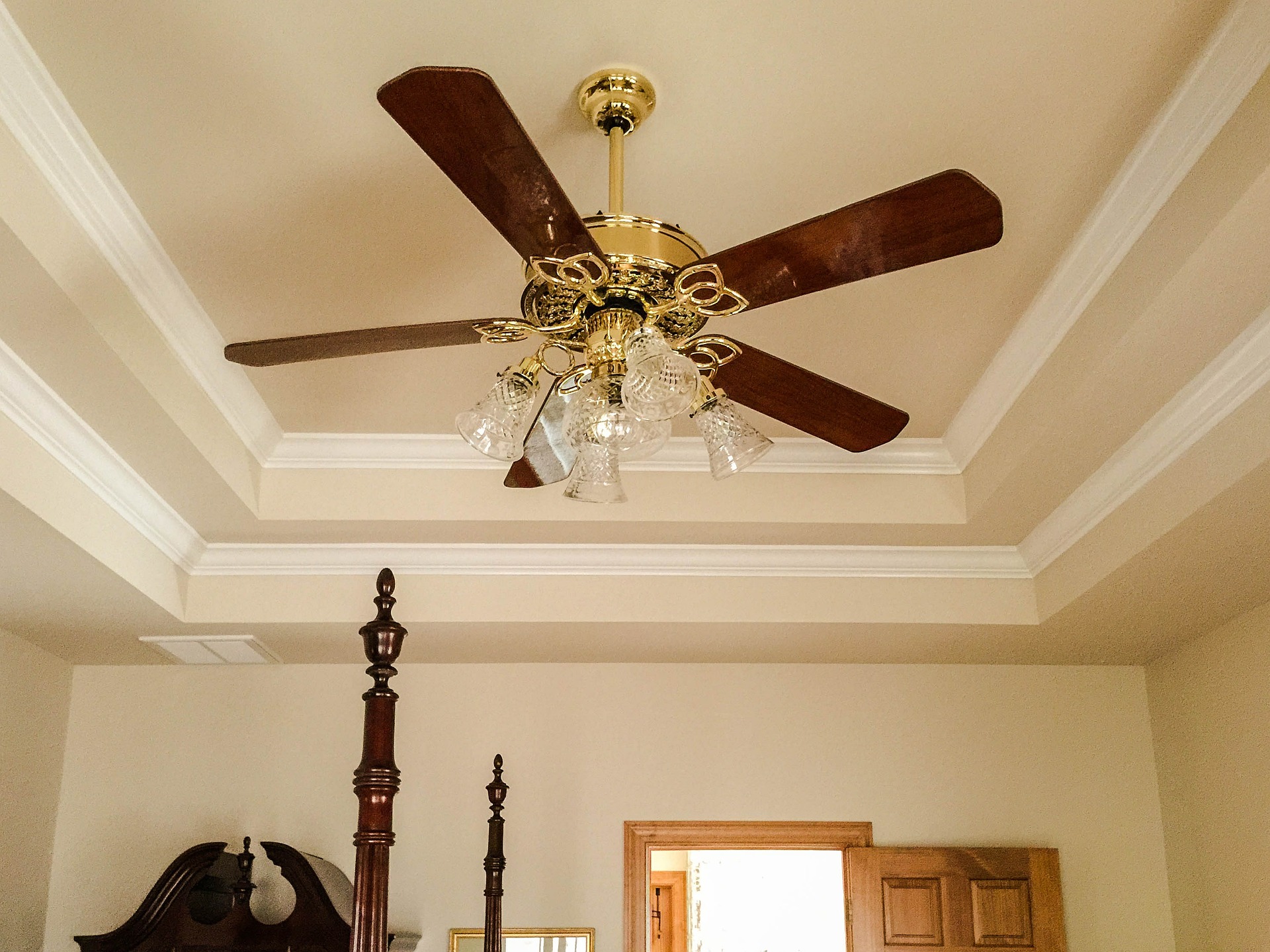What you need to know about tray ceilings
Look up and what do you see? A ceiling. Everything has a ceiling, even our planet. Jann Seal, in her article Types of Ceiling Design, notes that “the ceiling, also known as the fifth wall in a room, is a dramatic element in home décor.” How dramatic it is depends on you and your budget. Man has been forever decorating his ceilings; early cave dwellers have given us a glimpse of their life, their world, and their artistic flair through their wall and ceiling decorations (see here). Over the ages, man has progressed from simple drawings or paintings to decorating ceilings by shaping and coloring wood, glass, metals, and plaster in order to add an other- worldly quality to their houses of worship and important buildings (see here). The result is most impressive. No wonder we want a little of that in our own homes; it serves as a reminder of the beauty and creativity found around the world. Some of us are a tad more practical, however, like my dentist. He knew the value of the ceiling; for a time, he placed posters of interest there to catch the gaze of his patients.
What catches your gaze? There are about ten different styles of ceilings and each comes with a great many variations. The standard or most common is the 8-10 foot flat ceiling which in itself does not need be commonly plain. Most of the other styles add height or texture for a dramatic or whimsical effect. If you are looking for something pleasingly impressive with a lot of options, then explore the world of tray ceilings.
 A tray (or trey) ceiling is a decorative ceiling that resembles an inverted tray. It has a perimeter with a raised center creating a 3-dimensional effect and is also known as a recessed, pocket, bumped up, or drop ceiling. A tray ceiling may be as simple as a twelve inch recessed center with a rectangular border or as intricate as a custom-designed, recessed shape with a multi-tier border. Borders may be dressed up with a variety of moldings as well. The purpose of the tray ceiling is to add a feeling of spaciousness to a small room or to add detail to a large room by drawing the eye upward. It is simple and versatile, complements all styles of architecture, and works well in rooms with high ceilings (minimum of ten feet at the lowest point) such as open living areas, great rooms, and formal dining rooms.
A tray (or trey) ceiling is a decorative ceiling that resembles an inverted tray. It has a perimeter with a raised center creating a 3-dimensional effect and is also known as a recessed, pocket, bumped up, or drop ceiling. A tray ceiling may be as simple as a twelve inch recessed center with a rectangular border or as intricate as a custom-designed, recessed shape with a multi-tier border. Borders may be dressed up with a variety of moldings as well. The purpose of the tray ceiling is to add a feeling of spaciousness to a small room or to add detail to a large room by drawing the eye upward. It is simple and versatile, complements all styles of architecture, and works well in rooms with high ceilings (minimum of ten feet at the lowest point) such as open living areas, great rooms, and formal dining rooms.
In older homes, before central heat and air, tray ceilings easily hides the duct work normally positioned on one side of the ceiling. It is also a good place to cover electrical wiring or plumbing that is not routed through walls. With today’s insulation and availability of energy efficient building materials, tray ceilings may be added to home design without fear of energy loss. It lends itself well to energy efficient fans and special lighting for aesthetic ambiance. The homeowner has many options to finish the look of this ceiling, even with paint. Shades of color for the border tiers, matching or contrasting room wall colors for the center, stripes, subtle or bold colors—all make a personal statement of style and creativity. If paint isn’t bold enough, then other popular choices include wallpaper, wood, tin tiles, stenciled designs, and hand-painted murals. Danny Lipford offers some great tips and ideas here. Check it out to see tray ceilings being built from start to finish.
This is great for the homeowner building a custom home but what about someone interested in a remodeling job? Danny Lipford addresses that topic in his video, showing how a second-story floor can make a great place for a high ceiling like a tray ceiling. For those with eight foot ceilings who want the look without gutting their home, you might consider a faux tray ceiling, such as presented here. There are many ideas online as well and don’t forget checking with a professional. Your choices are limited only by your imagination, your headspace, and your pocketbook.
CREDIT: JamesDeMers at pixabay.com
duanesellsjackson at pixabay.com

